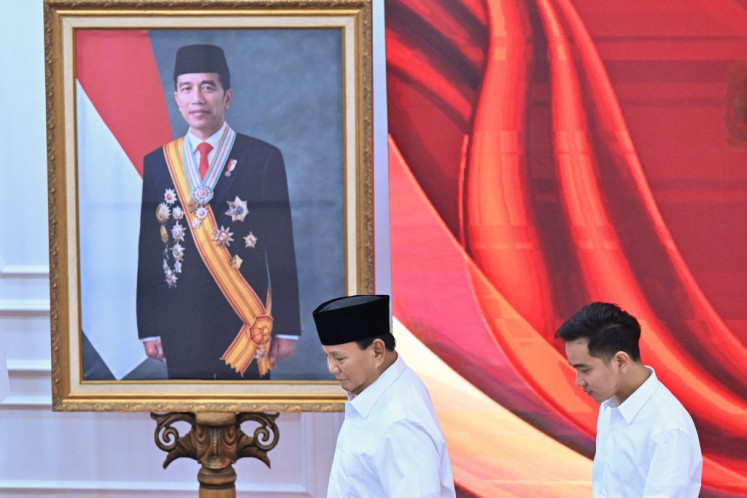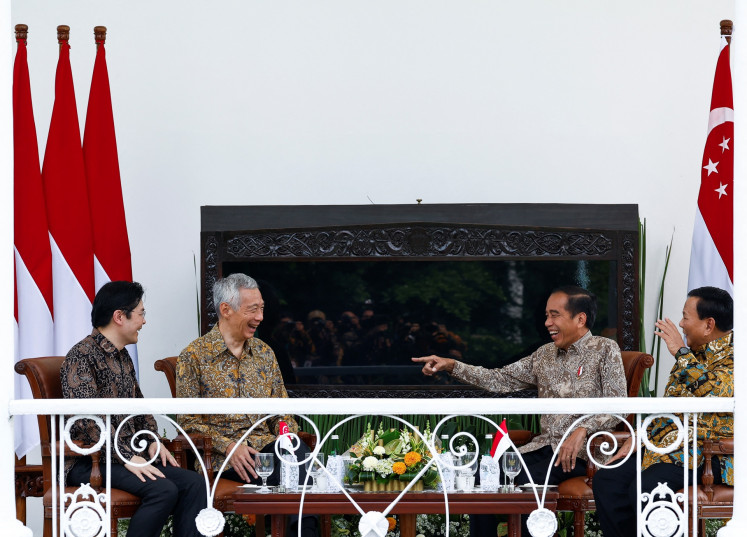Disability rights group says Yogyakarta tourist attractions lack accessibility
The Committee for the Protection and Fulfillment of the Rights of Persons with Disabilities (KHD) has concluded that Yogyakarta tourist areas lack access to fulfill disability rights.
Change Size
 The group plans to invite the Yogyakarta Tourism Agency to deliver its research results. It will also invite managers of tourist attractions to receive training on providing accessible facilities. (Shutterstock/File)
The group plans to invite the Yogyakarta Tourism Agency to deliver its research results. It will also invite managers of tourist attractions to receive training on providing accessible facilities. (Shutterstock/File)
T
he majority of popular tourist attractions in Yogyakarta do not provide facilities that are accessible to disabled people, a disability rights group has said.
The Committee for the Protection and Fulfillment of the Rights of Persons with Disabilities (KHD) assessed popular tourist attractions in Yogyakarta from Dec. 6-13, concluding that the areas lacked access to fulfill disability rights.
The group looked at various places, including the Yogyakarta Palace, Sonobudoyo Museum, Vredeburg Fort, Gembira Loka Zoo, Paseban Bantul Field, Rainbow Park, the Jogja Kembali Monument, Kaliurang Park, Parangtritis Beach and Baron Beach, as reported by tempo.co.
"The commitment to provide accessible facilities is there, but [the realization] is not yet optimal," Winarta, the group's commissioner for monitoring and complaints service, said in Depok on Wednesday as quoted by tempo.co.
In providing an example, Winarta said the common facilities provided were in the form of ramps, both portable and permanent. However, he continued, the installation or manufacturing of the facilities had not considered whether the slopes were too steep, or whether it made it difficult for people in wheelchairs to use.
Read also: Destroying disability stigma
There are also instructions from tourist managers to their employees to provide assistance, but there are no standard operating procedures for implementation.
"Generally, officials know that tourists with disabilities need priority attention and service. But they don't know how to go about it," Winarta said.
There is usually an assumption that if the location of a tourist attraction does not yet provide accessible facilities, the manager will prepare employees who will provide physical assistance.
Physical assistance is given, for example, by holding the hands of a blind person or lifting a wheelchair to get to higher ground.
"Even though we might feel uncomfortable if we must have physical contact," said Winarta, who is also blind. "They don't think about disabled people’s need for independence."
The group plans to invite the Yogyakarta Tourism Agency to deliver its research results. It will also invite managers of tourist attractions to receive training on providing accessible facilities.
Facilities that are accessible for persons with disabilities in tourist areas, which are public spaces, are regulated by Law No.8/2016 on people with disabilities. (liz/wng)






